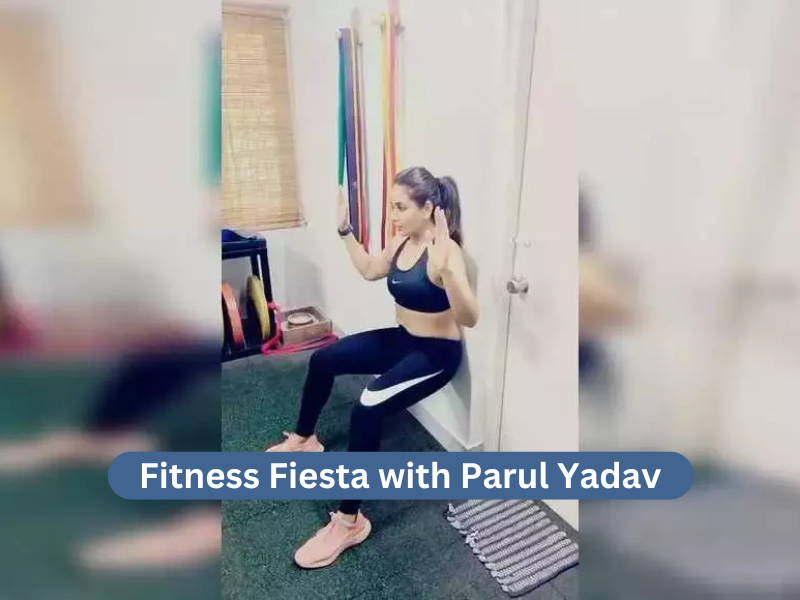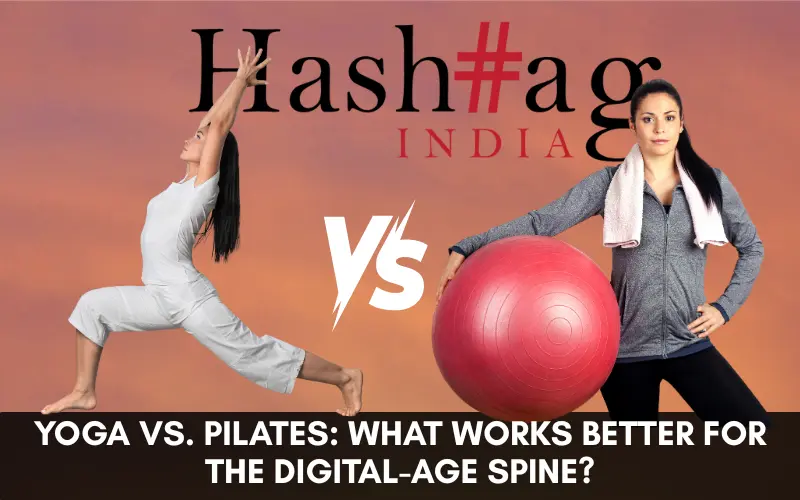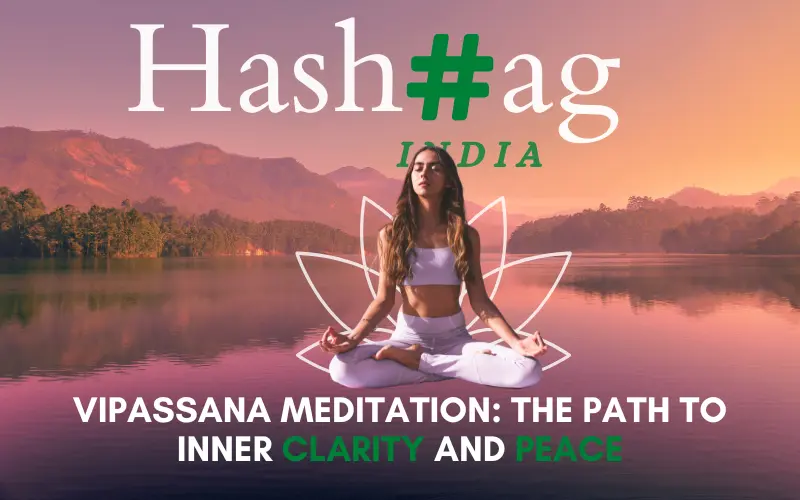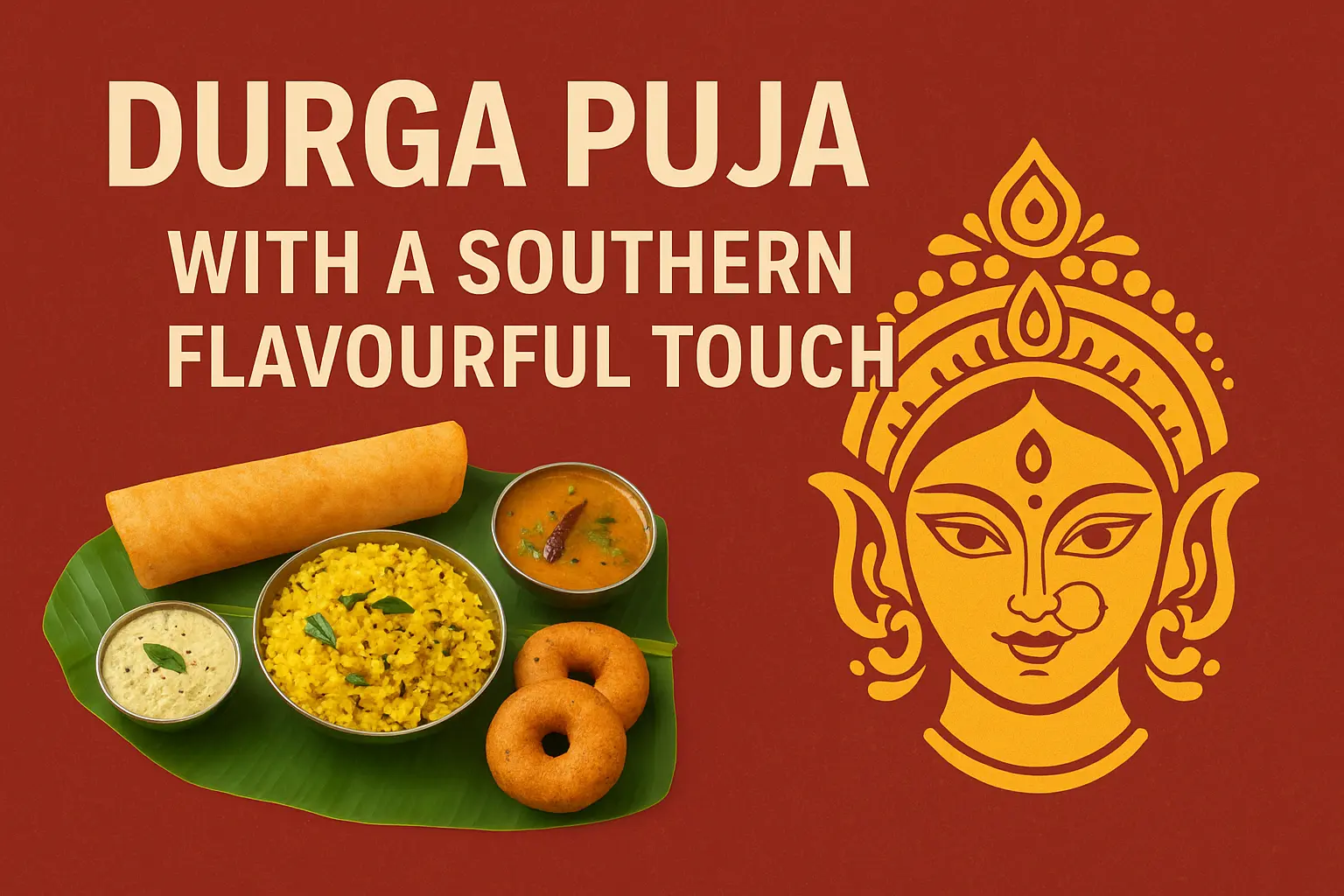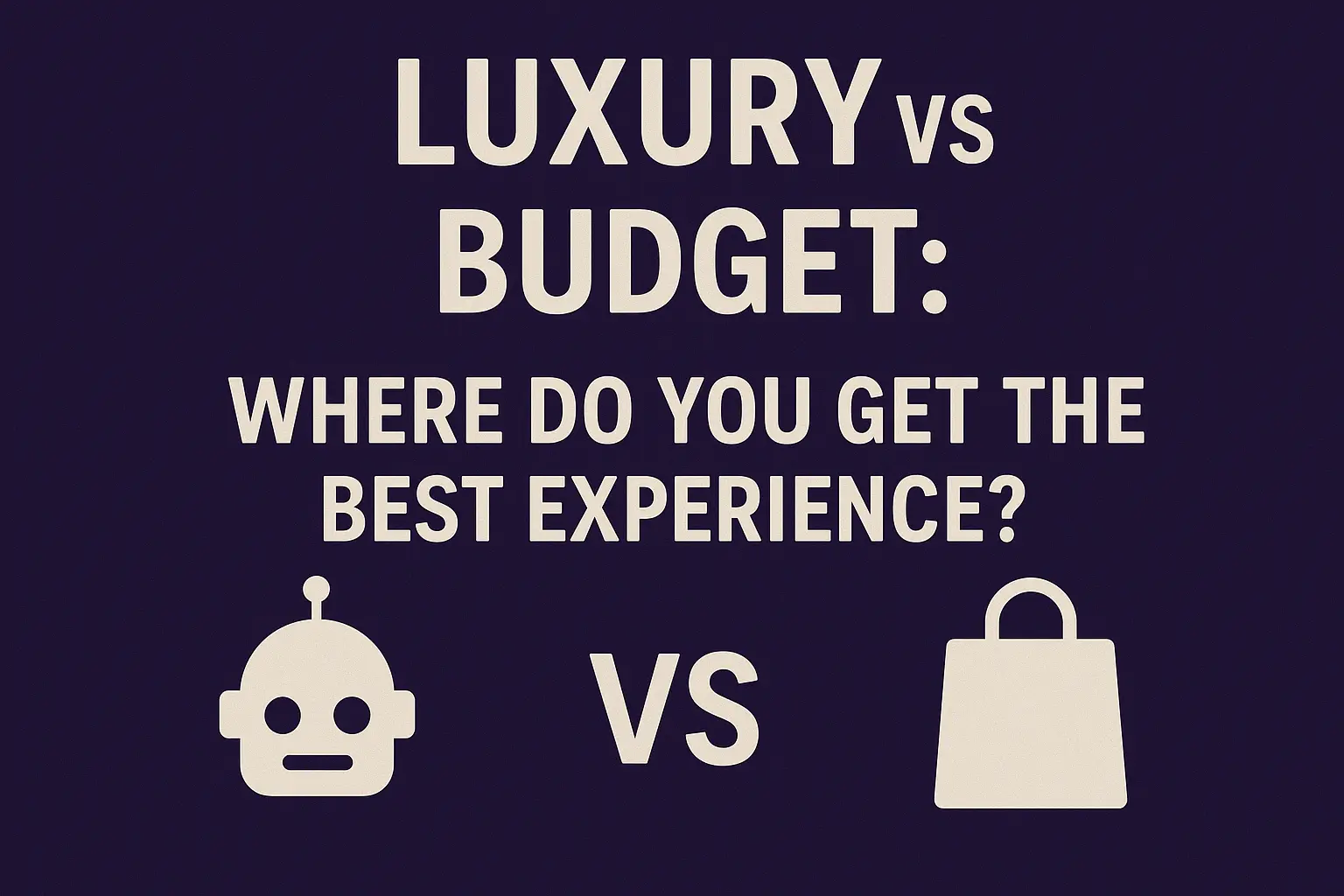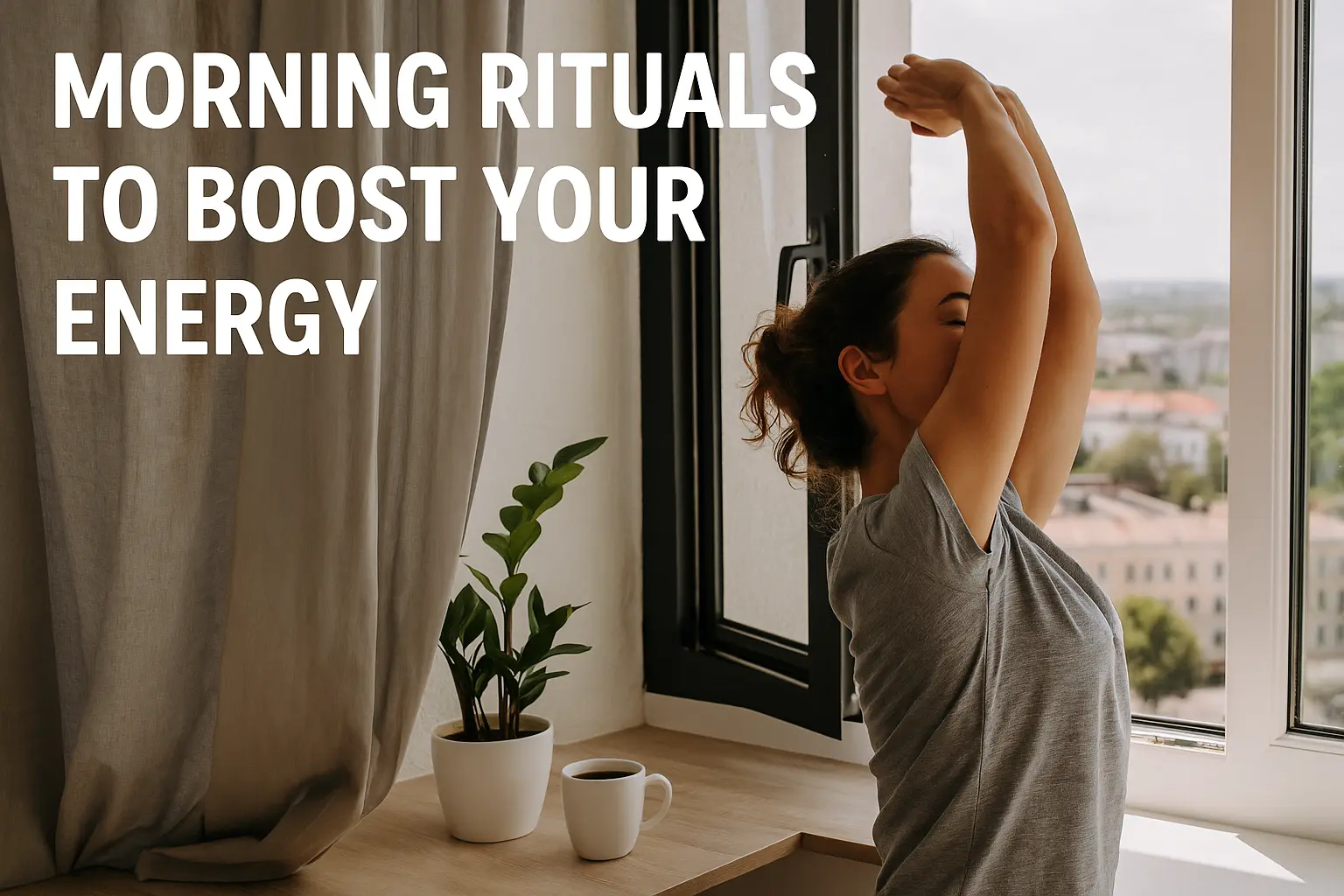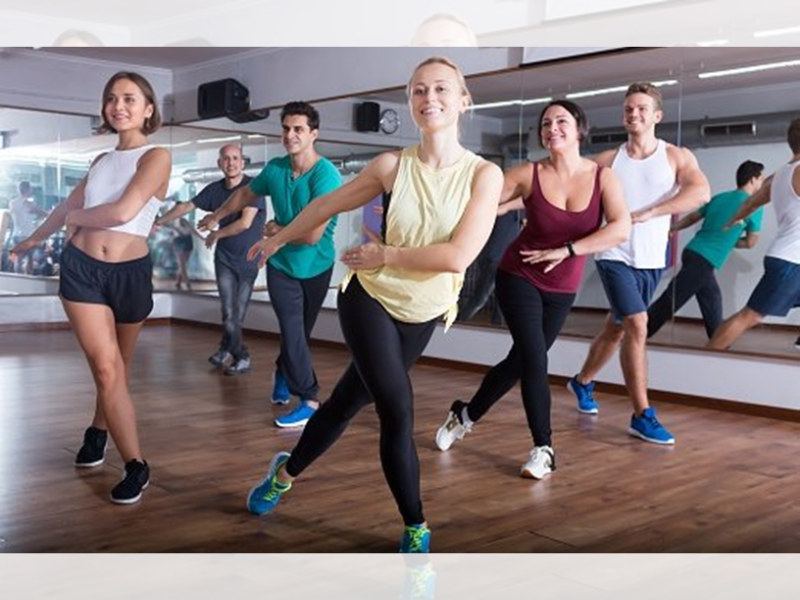Parul Yadav wears many hats in the Indian entertainment industry. From her convent education in Mumbai to becoming a celebrated actress, interior designer, and producer, her journey is truly inspiring. As a teenager, she began her career in a Tamil film with Dhanush but prioritized education, excelling in interior design and working on numerous celebrities’ homes. Parul’s success in television serials and reality shows paved the way for her acclaimed roles in films like ‘Krithyam’ and ‘Govindaya Namaha,’ and the viral hit ‘Pyarge Aagbitaite.’ Venturing into production with the Kannada adaptation of ‘Queen,’ Parul debuted as a writer and producer, showcasing her multifaceted talents. She advocates for creative equality in the film industry, emphasizing the need for more women’s voices in creative roles. Dedicated to fitness, Parul maintains a rigorous workout routine and promotes a healthy lifestyle, inspiring future generations of women in cinema. Surabhi Goel in conversation with Parul Yadav about her fitness regimen and wellness advice.
Explore Parul Yadav’s fitness journey
- Many of your fans admire your fit body. What are your top fitness tips for staying motivated and consistent with workouts?
I follow a traditional approach to eating, preferring to consume something every two hours rather than practicing intermittent fasting, which I find challenging and not suitable for my lifestyle. As a vegetarian, my meals typically include a hearty Indian breakfast and lunch. At the same time, dinner is lighter, focusing on fibre, vegetables, and protein sources like dal, hummus, tofu, or sprouts. My daily fitness routine is quite intensive—I incorporate weight training every day, along with sessions of belly dancing or Indian dance forms, and swim for one to two hours. Additionally, I ensure a minimum 40-minute walk each day. Being a loner has its advantages. It allows me ample free time to stay focused. During the post-COVID period, with fewer acting commitments, I used this solitude productively to write scripts and explore new ideas. I’ve found that solitude often sparks creativity and personal insights, which has benefited my overall well-being and career.
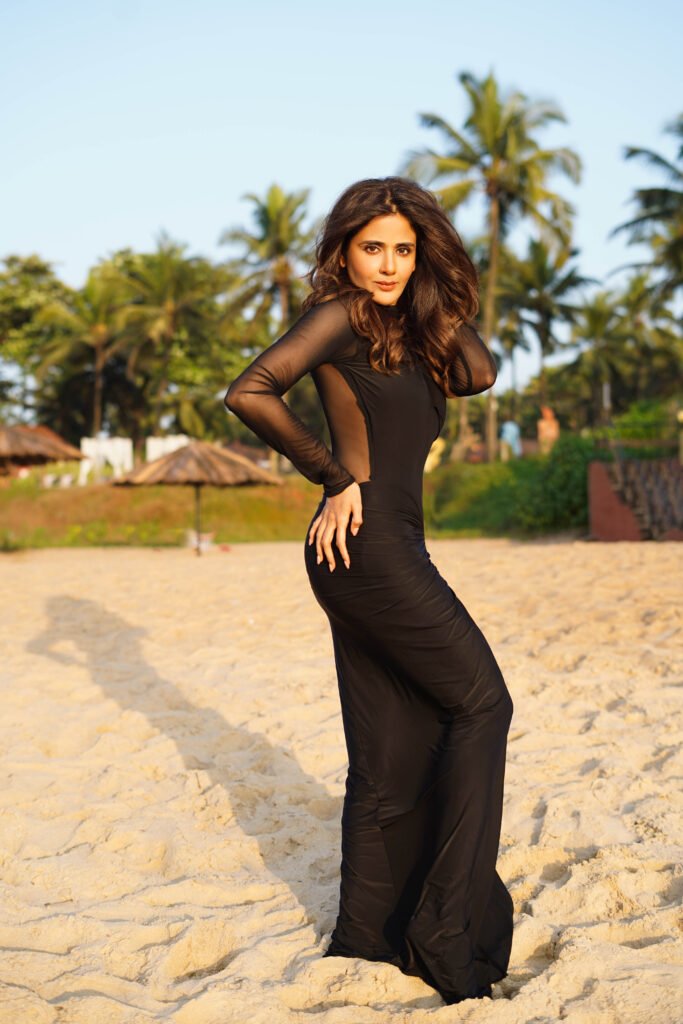
- Could you describe your typical fitness routine? What types of exercises or workouts do you enjoy the most?
My typical fitness routine is quite diverse and balanced. I prioritize weight training for maintaining a toned physique without bulking up. Contrary to common myths, using lighter weights with higher repetitions is effective. I usually undergo weight training around mid-morning, from 11:00 AM to noon. In addition to weight training, I incorporate cardio exercises to complement my routine. I enjoy activities like belly dancing, Kathak dance, and swimming in the afternoon or early evening. This weight training and cardio mix helps me stay fit, toned, and energized throughout the day.
- Nutrition plays a crucial role in fitness. Can you share some insights into your daily diet and any specific dietary preferences or tips you follow?
My approach revolves around balance and moderation. I focus on incorporating five essential elements in every meal: high fibre, adequate-protein, controlled carbs, minimal fat, and essential micronutrients. For instance, my mornings start with vegetarian options like one idli with a small portion of coconut chutney and generous sambar or tomato chutney. For breakfast, I might opt for avocado toast paired with sautéed mushrooms or cherry tomatoes, emphasizing fibre and healthy fats, complemented with hummus for protein. Lunch is typically traditional Indian fare: Dal, sabji, and a small portion of either roti or rice. Around 4:00 PM, I enjoy afternoon snacks like mangoes, grapes, or mixed berries. Dinner leans towards continental cuisine favourites, including pumpkin lentil soup or roasted cauliflower, mushroom, and broccoli, often with hummus for added flavour and protein. I also incorporate shiitake noodles with plenty of vegetables for a lighter option. As a vegetarian, my protein sources include rajma, Chole, sprouts, and moong Dal chilla, ensuring balanced nutrition throughout the day. Portion control is crucial. I maintain consistent meal sizes and avoid exceeding my dietary limits to stay around 55-57 kg. While I indulge in sweets occasionally, I adjust my intake to balance out any deviations, adhering to a disciplined approach inspired by a dietitian I consulted since I was 16.

- What advice do you have for individuals aspiring to achieve a healthy and fit lifestyle, especially those new to fitness?
I advise embracing a practical and sustainable approach within your cultural context. Avoid chasing after trendy Western diets or exotic ingredients like quinoa or sourdough bread if they aren’t readily available in your local surroundings. Instead, focus on utilizing nutritious options from your Indian kitchen like Poha, sprouts, and Amaranth (rajgira) Atta is just as beneficial as quinoa, if not more, despite the allure of foreign names. Portion management is critical, and rather than strict fasting schedules or extreme diets, balanced meals with appropriate quantities are prioritized. This method ensures you stay satisfied and consistent in your dietary habits without unnecessary restrictions. Maintaining an Indian-centric approach also respects cultural norms and makes adhering to your nutritional goals easier without conflicting with familial meal traditions.
I consulted Dr. Dhurandhar, who worked with celebrities like Sridevi and Zeenat Aman for just ₹ 300 years ago. Nowadays, people are charged exorbitantly, even up to ₹ 1,00,000, for dietary advice or TV shows. Avoid these traps; honest professionals charge reasonable fees. From my experience, sticking to an Indian diet effectively manages weight. Dr. Dhurandhar emphasized that vegetarians can lose weight quickly, advocating for a vegetarian diet rooted in our cultural and dietary heritage.
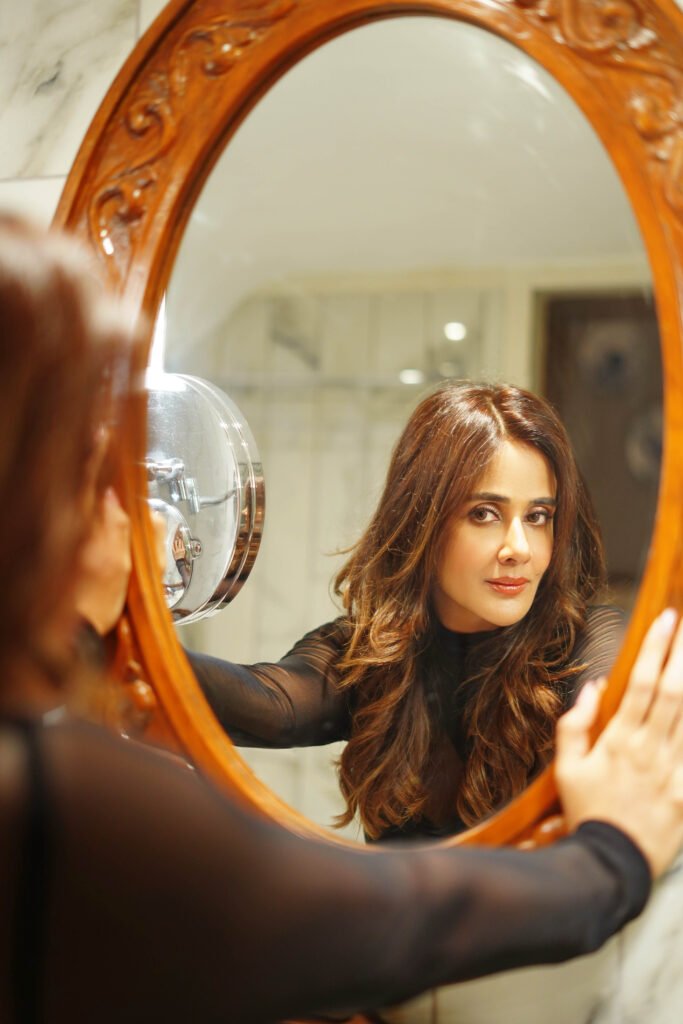
- Maintaining a balanced diet can be a struggle for many. Could you share some of your favourite healthy recipes or snacks that help you stay on track with your fitness goals?
Maintaining a balanced diet can be challenging, mainly when influenced by Western trends. It’s about adapting local ingredients like idli with sambar or adding veggies to poha to suit my fitness goals. As a Gujarati, I’ve learned to balance carbs by enhancing dishes like thepla with paneer, avocado, and microgreens. Understanding portion control is crucial; I recommend not exceeding 180 grams of dal or vegetables in one serving to manage weight effectively. It’s about how you eat, pairing carbs with protein and fibre for sustained energy and health.
- Lastly, what projects or goals are you working on in your acting career and fitness journey that you’d like to share with your fans and followers?
I’ve spent the last two years building my house, managing everything from design to finances. It’s been a fulfilling creative process, and I just moved in recently. I’ve also been writing scripts during this time, and now I’m considering producing or directing one. Directing is a big step; my team believes I am ready, but I’m still deciding.
On the fitness side, I’m preparing for a role in a comedy film that requires me to lose a few inches to fit into glamorous outfits. Alongside this, I’ve been practicing intensely for three lively dance numbers in the movie. Balancing my creative projects with my fitness goals is a challenging but exciting time.
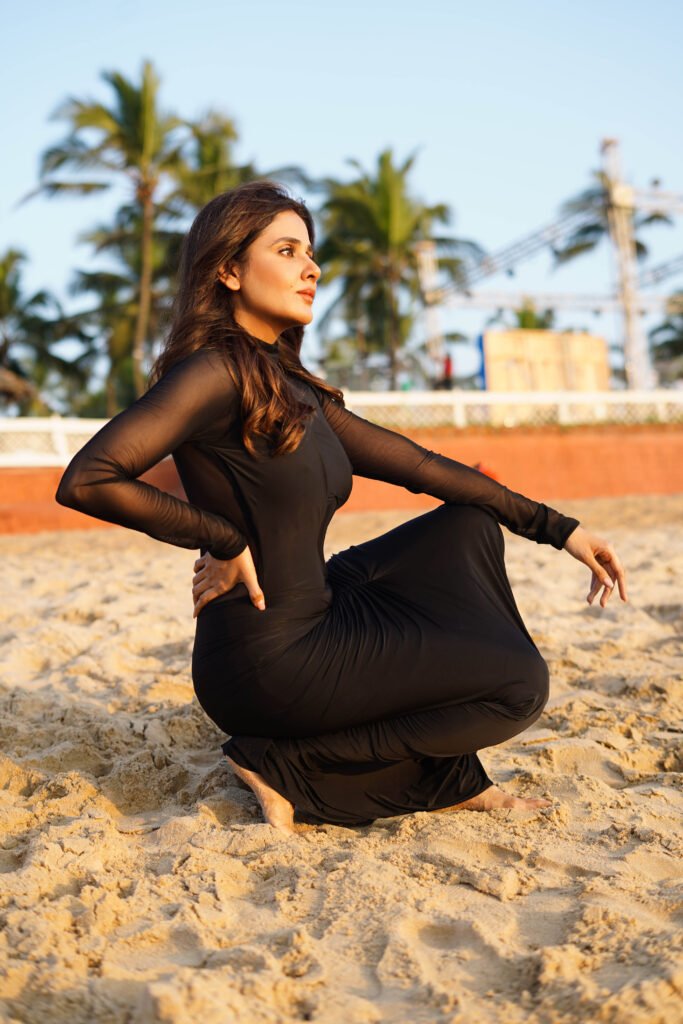
Quick takes-
- Who are your favourite male and female actors with what you consider the perfect physique, and what do you admire most about their dedication to fitness?
I admire Tiger Shroff for his impressive lean and muscular physique. His dedication to fitness is evident in how well he maintains his body. Allu Arjun stands out to me in the South for his commitment to fitness.
My fitness idol among female actors is Samantha Ruth Prabhu. Samantha’s approach to fitness is inspiring. She manages to stay feminine yet toned, which is challenging when balancing roles that require strength and grace.
- What activities do you find most calming and relaxing?
Watching documentaries and reading non-fiction, especially autobiographies, is most calming and enjoyable. I’m deeply immersed in real-life stories and factual accounts, which relax me and inspire my creative pursuits. Whether it’s exploring new knowledge or drawing from real experiences, these activities are integral to my personal and professional interests.
- Do you love traveling, and which is your favourite destination?
I love traveling, especially across Europe, but one trip I’m particularly excited about is my upcoming journey to Antarctica in January. It’s a 23-day expedition that will challenge me physically as we navigate through the Drake Passage, known for its rough seas. I’ve been preparing my body for the cold and rigorous conditions, considering I have hypothyroidism and PCOD. It’s a remote and pristine environment with no human inhabitants, just scientific stations.

